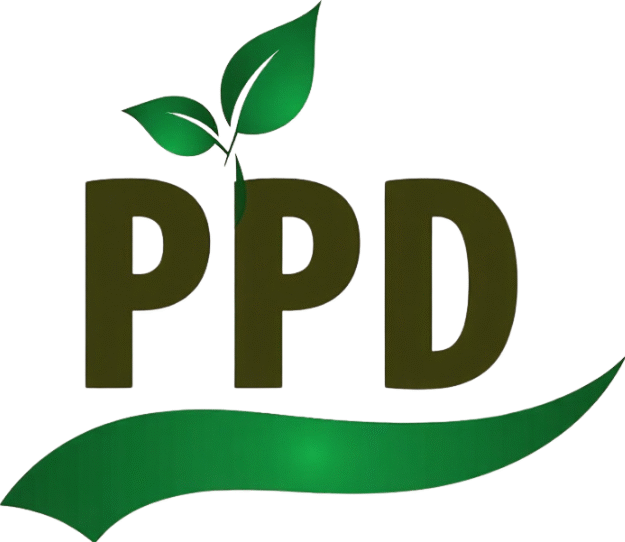
Introduction
As global trade expands, the risk of introducing pests and diseases through agricultural imports and exports increases dramatically. Pest Risk Analysis (PRA) has become an indispensable tool for National Plant Protection Organizations (NPPOs) to evaluate, manage, and mitigate pest-related threats. In the context of global biosecurity, strengthening PRA systems is critical to safeguarding ecosystems, enhancing agricultural productivity, and ensuring compliance with international trade standards. This article explores the components, importance, challenges, and future directions of robust PRA implementation, particularly in developing countries and emerging markets.
What is Pest Risk Analysis (PRA)?
PRA is a structured process used to evaluate the likelihood and consequences of pest introductions and to recommend phytosanitary measures. It is a science-based approach recognized by the International Plant Protection Convention (IPPC) and the World Trade Organization (WTO).
Three Key Stages of PRA:
- Initiation – Identification of a pathway or pest that needs assessment.
- Pest Risk Assessment – Scientific analysis of the pest’s potential for entry, establishment, spread, and impact.
- Pest Risk Management – Recommendation of measures to reduce risks to acceptable levels.
Why Strengthening PRA Matters
1. Enhancing Agricultural Trade
- A strong PRA system supports safe market access by ensuring compliance with trading partner requirements.
- Avoids rejections or bans on exports due to pest interceptions.
2. Protecting Domestic Ecosystems
- Prevents introduction of invasive species that could damage biodiversity or native agriculture.
- Reduces long-term economic losses from pest outbreaks.
3. Supporting International Commitments
- PRA compliance aligns with obligations under IPPC and SPS Agreement of the WTO.
- Builds credibility and trust among trade partners.
Challenges in Effective PRA Implementation
Despite its importance, several challenges hinder effective PRA systems, especially in developing countries:
| Challenge | Description |
|---|---|
| Limited technical expertise | Lack of trained entomologists, pathologists, and risk analysts |
| Insufficient data | Gaps in pest surveillance and host distribution information |
| Outdated legal frameworks | Weak phytosanitary laws or lack of regulatory alignment |
| Resource constraints | Financial and infrastructure limitations hamper risk analysis |
| Coordination gaps | Poor communication between NPPOs, research institutions, and stakeholders |
Strategies to Strengthen PRA
1. Capacity Building
- Train NPPO personnel in PRA methodologies.
- Partner with international organizations like FAO, IPPC, and regional bodies for technical support.
2. Strengthening Data Infrastructure
- Develop centralized pest databases and geographic information systems (GIS).
- Improve pest surveillance systems and data sharing.
3. Legal and Institutional Reforms
- Update phytosanitary laws to reflect international standards.
- Establish clear regulatory mandates for PRA procedures.
4. Regional Collaboration
- Share PRA reports and pest interception data among neighboring countries.
- Engage in harmonization of PRA methodologies and pest lists.
5. Technological Integration
- Use decision support tools, modeling software, and AI to enhance predictive risk analysis.
- Incorporate remote sensing and molecular diagnostics in pest identification.
PRA in Action: A Hypothetical Example
| Scenario | Action Taken Through PRA |
|---|---|
| Import of mangoes from country X | PRA identifies high risk of fruit fly; cold treatment applied |
| Export of rice to country Y | PRA demonstrates no risk pests; export clearance granted |
| Introduction of new seed variety | PRA reveals nematode risk; seed certification required |
| Cross-border pest outbreak | PRA recommends temporary import suspension |
PRA Benefits Across the Supply Chain
| Stakeholder | PRA Benefit |
|---|---|
| Farmers | Protects crops from foreign pests |
| Exporters | Increases access to premium international markets |
| Importers | Ensures safe agricultural inputs |
| Regulators | Facilitates transparent and science-based decisions |
| Consumers | Secures food quality and availability |
Overview Table: Key Components of Strengthened PRA
| Component | Current Gap | Recommended Improvement |
|---|---|---|
| Expertise | Lack of trained professionals | National and regional training programs |
| Surveillance | Patchy pest data | Digital surveillance and early warning |
| Policy & Regulation | Weak enforcement | Updated laws and PRA mandates |
| Tools and Technology | Manual risk analysis | AI, GIS, and remote diagnostics |
| Regional Cooperation | Fragmented efforts | Shared pest lists and PRA documents |
| Stakeholder Engagement | Limited awareness | PRA awareness campaigns and training |
Looking Ahead: Future Directions
To build resilient, science-based trade systems, countries must:
- Integrate PRA into all stages of import and export approvals.
- Collaborate globally to monitor pest movement trends in a changing climate.
- Prioritize funding and political commitment to strengthen PRA frameworks.
PRA is not just a regulatory procedure—it’s a proactive defense strategy for food security, biodiversity, and economic growth.
3 Best One-Line FAQs
Q1. What is the main purpose of Pest Risk Analysis (PRA)?
To evaluate and manage the risk of pest introduction through trade and safeguard plant health.
Q2. How does strengthening PRA benefit international trade?
It ensures compliance with global standards, reduces trade disruptions, and facilitates safe market access.
Q3. Why is regional cooperation important in PRA?
Because pests do not recognize borders, collaborative efforts enhance early detection and coordinated responses.

